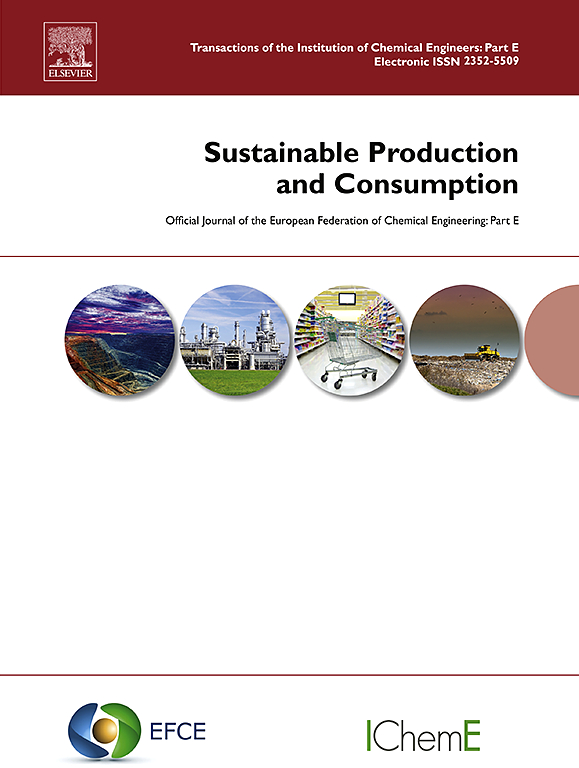消费品的再利用:气候因素和潜在的回弹效应
IF 10.9
1区 环境科学与生态学
Q1 ENVIRONMENTAL STUDIES
引用次数: 0
摘要
循环经济旨在提高资源效率,减轻环境压力,同时促进创新和增长。然而,它在减少环境影响方面的实际效果受到了审查。本研究以一个市政再利用项目为案例,评估再利用作为循环经济活动的环境效益。该分析包括捐赠产品的详细特征、综合碳足迹评估以及不完全替代和收入变化引起的反弹效应估计。研究结果表明,运营城市再利用项目对环境的影响相对较小(每公斤重复使用物品产生0.28公斤二氧化碳当量),而潜在的减排可能是显著的(每公斤重复使用物品平均产生3.9公斤二氧化碳当量)。然而,由于不完全替代和收入驱动的再消费行为,反弹效应构成了巨大的挑战。家具产品的回弹率估计为82% - 167%。特别是再消费,有可能抵消再利用的环境效益,甚至造成净负面结果。反弹分析指出,绿色消费和产品生态设计政策是限制环境影响的基本要素,但也指出了考虑再利用的社会效益贡献的重要性。这项研究强调,虽然再利用和其他循环经济活动有希望,但它们并非生来就不受环境影响,并可能产生不利影响。因此,将用户行为和社会层面纳入循环经济政策和倡议的有效评估和战略设计中至关重要。本文章由计算机程序翻译,如有差异,请以英文原文为准。

Reuse of consumer products: Climate account and rebound effects potential
The circular economy aims to enhance resource efficiency and mitigate environmental pressures, while contributing to innovation and growth. However, its actual effectiveness in reducing environmental impacts has come under scrutiny. This study evaluates the environmental benefits of reuse as a circular economy activity, using a municipal reuse program as case study. The analysis includes a detailed characterization of donated products, a comprehensive carbon footprint assessment, and an estimation of rebound effects caused by imperfect substitution and income changes. Findings reveal that the environmental impact of operating municipal reuse programs is relatively modest (0.28 kg CO2e per kg of reused goods), while potential emissions savings can be significant (average 3.9 kg CO2e per kg of reused goods). However, rebound effects pose a substantial challenge, driven by imperfect substitution and income-driven re-spending behaviors. Estimated rebound effects spanned 82–167 % for furniture products. Re-spending, in particular, risks negating the environmental benefits of reuse or even causing net negative outcomes. The rebound analysis pointed to green consumption and product eco-design policies as foundational elements to limit environmental impacts, but also to the importance of considering the social benefit contribution of reuse. This study underscores that while reuse and other circular economy activities hold promise, they are not inherently free of environmental impacts and can yield adverse effects. Incorporating user behavior and social dimensions is therefore essential for the effective assessment and strategic design of circular economy policies and initiatives.
求助全文
通过发布文献求助,成功后即可免费获取论文全文。
去求助
来源期刊

Sustainable Production and Consumption
Environmental Science-Environmental Engineering
CiteScore
17.40
自引率
7.40%
发文量
389
审稿时长
13 days
期刊介绍:
Sustainable production and consumption refers to the production and utilization of goods and services in a way that benefits society, is economically viable, and has minimal environmental impact throughout its entire lifespan. Our journal is dedicated to publishing top-notch interdisciplinary research and practical studies in this emerging field. We take a distinctive approach by examining the interplay between technology, consumption patterns, and policy to identify sustainable solutions for both production and consumption systems.
 求助内容:
求助内容: 应助结果提醒方式:
应助结果提醒方式:


